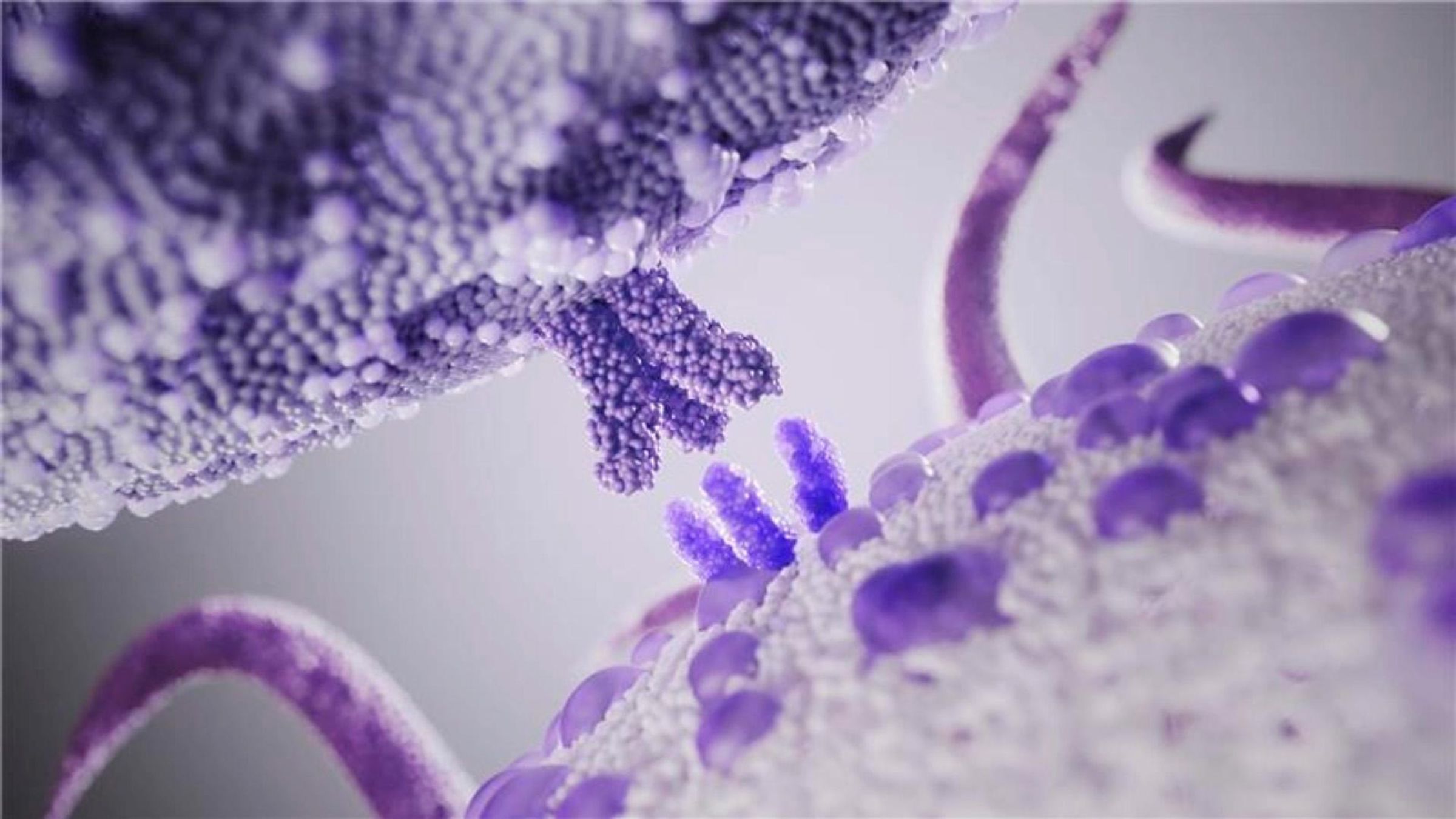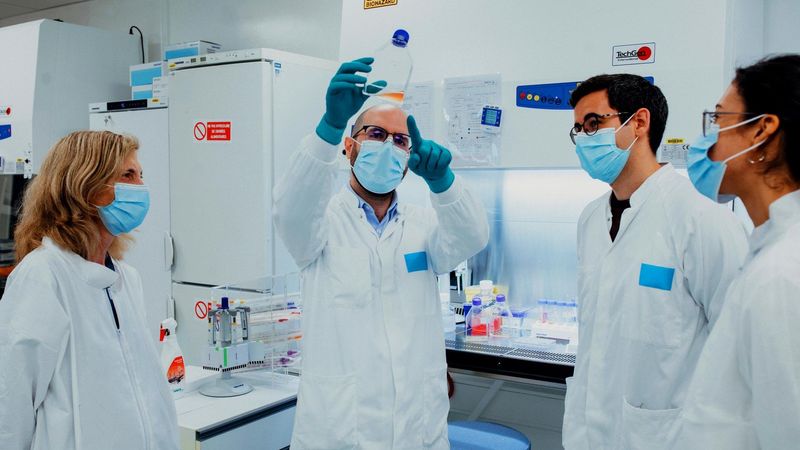
We’re on a mission to revolutionize the treatment of atopic dermatitis and other chronic skin conditions. For patients, AD is a terrible skin disease – itching, redness, bumps, and pain.1 But it’s often caused by something much deeper than what's on the surface: by an immune process that starts deeper inside of us: a process called inflammation.1,2
Scientific research shifted dramatically as we started to recognize AD as a chronic inflammatory disease. So then we asked the question: why were we still treating the surface when the cause is underneath?
Answer: we’re not.
Understanding Atopic Dermatitis Differently
Inflammation is one of the fundamental ways that our immune system protects us against harm. It’s a protective response to injury or invasion by a foreign substance, and it helps our body repair itself and eradicate the invader. Once the injury or infection has been healed, our immune system settles back down and resumes normal activity to regulate our body and keep us healthy.3,4
But sometimes the immune system mistakenly thinks normal biological components are invaders. In conditions like AD, this is compounded by an environmental trigger from outside. So when an environmental factor triggers the system, then immune cells erroneously set off an overreaction that they shouldn’t – and it doesn’t stop. Then the inflammation becomes lasting, and what is supposed to be a short-term inflammatory response turns into a chronic state that causes a disease like AD.3,4
To date, most treatment for diseases like AD have targeted the symptoms – how to stop itching, pain and redness on the skin itself.2This is partly because there are multiple factors that contribute to AD: genetics, environmental factors and more.5 It’s also because the immune system is so complex and designed for redundancy: there are lots of different cells and overlapping pathways that perform similar functions to ensure the system continues to work even if some parts are lost or malfunction. That means there are many different pathways that can contribute to inflammation.4
In AD specifically, the varied environmental triggers can cause the activation of these different pathways in each person. It’s hard to find every cause, and even if we could, the immune system is too sophisticated for us to “turn it off” entirely.
We're on a mission to revolutionize the treatment of atopic dermatitis and other chronic skin conditions.
How We’re Advancing Science to Improve Lives
But what if we could interrupt the response earlier in the chain and start to control the inflammation cascade before it explodes? Instead of treating symptoms at the end or even the mechanisms later in the inflammation chain, we are targeting earlier steps in the process to lessen the entire response.
The earlier we can go back, the better chance we have at changing the course of the disease. And the more early mechanisms we try to block the immune system from using, the better we can keep the different parts of the chain from being activated. That means there are less ways that the process can find to march forward at full speed, and cause the severe pain, redness and symptoms on the skin.
Our research is exploring numerous mechanisms that the immune system uses to activate the many different parts of the inflammatory cascade, and then we are designing ways to block them – and lessen the impact of the entire process at its key sources.
By combining different targets and early interventions in the inflammatory process, we’re working to design a life with fewer flare-ups for more people with AD. Our goal is to help patients move beyond the limitations of their condition and toward a future where they can reclaim their lives – and their dreams.
References
- National Institutes of Health (NIH). Health Topics: Atopic Dermatitis. Available at: https://www.niams.nih.gov/health-topics/atopic-dermatitis. Last accessed September 2025.
- Zuberbier T et al. Patient perspectives on the management of atopic dermatitis. J Allergy Clin Immunol. 2006 Jul;118(1):226-32.
- InformedHealth.org [Internet]. Cologne, Germany: Institute for Quality and Efficiency in Health Care (IQWiG); 2006-. In brief: What is an inflammation? [Updated 2025 Apr 11]. Available from: https://www.ncbi.nlm.nih.gov/books/NBK279298/
- Chen L, Deng H, Cui H, Fang J, Zuo Z, Deng J, Li Y, Wang X, Zhao L. Inflammatory responses and inflammation-associated diseases in organs. Oncotarget. 2017 Dec 14;9(6):7204-7218. doi: 10.18632/oncotarget.23208.
- Eichenfield, Lawrence F., et al. Guidelines of care for the management of atopic dermatitis: section 1. Diagnosis and assessment of atopic dermatitis. J Am Acad Dermatol 70.2 (2014): 338-351.
MAT-GLB-2505753 I October 2025



